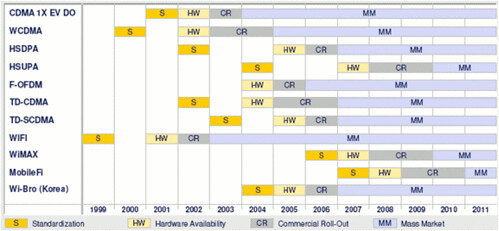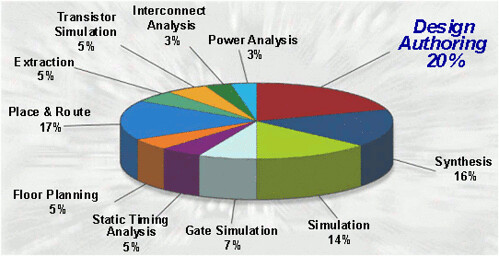(This article, by Pune-based Srinivasa Addepalli is taken from his blog and republished here with permission.)
India has about 7 million broadband subscribers, broadband, which by the way is defined in India at >=256Kbps: just about enough speed to let you experience the new, emerging Internet. The Indian Govt. had declared 2007 as the year of broadband, and a target of 9mn subs was set for the year. Even two years later, we are way behind! Just so you know, China has over 80 million broadband subscribers.

Why is a nation such as ours, IT superpower and aspiring global superpower, so poor when it comes to broadband penetration?
Very Poor Fixed Line Infrastructure
Most countries that have a high broadband penetration have (a) high wireline penetration, and / or (b) robust cable infrastructure. Simply speaking, if you do not have the basic infrastructure, you cannot provide a superior service such as broadband. Unfortunately for us, neither of these two conditions exist in India.
There are about 37 million fixed lines, of which only about 30% – about 10mn – are even capable of providing broadband. In recent years, there has been almost no investment in increasing and/or improving the quality of fixed line infrastructure. The country has added more than 400million wireless connections in the last 8 years, as against none in the fixed line space. While lack of focus on wireleine by the incumbents, BSNL and MTNL is an important factor, the blame must really be borne by the regulatory and policy regime which has not created an environment to encourage competition (and thereby, investment) in fixed line infrastructure / services in the country. The TRAI had recommended unbundling of the local loop as a step towards limited competition, but as has now almost become a norm, the TRAI recommendations were not accepted by the DoT.
Less said the better about cable infrastructure. It is a highly fragile and completely unregulated cobweb of many thousands of independent networks. It will take an investment of at least Rs 200 billion to upgrade the cable last mile to make it 2-way and broadband capable. Nobody, it appears, is willing to take that challenge up.
No Encouragement to Competition
It is well-recognized that the mobile revolution in India has been driven primarily by competition: at least 6-7 operators across the country. Private operators were licensed years before the incumbents were allowed to enter the mobile market; several steps have been taken towards creating a level playing field for all the licensed mobile operators. On the other hand, in broadband, there is absolutely no policy measure to encourage private operators to enter and compete; this in spite of the fact that none of them have any last mile infrastructure to speak of, and therefore, require considerable support in the initial years.
The incumbents that are riding on public-funded fixed line infrastructure have – in almost a predatory manner – dropped tariffs so much that India has, at the same time, the lowest broadband ARPU and the poorest broadband penetration in the world! Wireless broadband (read 3G & WiMax) is generally expected to become the competitive alternative – but there has simply been no urgency in creating the policy environment to encourage wireless. Spectrum â the essential ingredient to rolling out wireless networks â has not been made available for Broadband; the proposed spectrum auctions have been postponed several times in the last 2 years.
Can something be done to salvage the situation?
Unfortunately, in the short term, I see no option for the customers and private operators. During 2010, the incumbents will strengthen their dominance in the broadband market (for whatever it is worth); private operators will half-heartedly roll out parallel copper / cable networks and will be plagued with quality issues. If spectrum auctions happen in Jan-Feb 2010 as currently envisaged, 3G and WiMax services should become available in most metros towards the second half of the year.
The Broadband market will have to wait till 2011 for true competition, high quality and innovative services – available in all major towns and cities. But the rest of the world will not stay still. Singapore is experimenting with getting 100Mbps to every home by 2012; we hope to get to about 1Mbps in the top 100 towns by then.
Every year, since 2005, I have been hoping that the next year would be the year that broadband becomes widely available in India. I have been proven wrong before; I pray that things change this time around.
About the Author – Srinivasa Addepalli
Srini Addepalli has been dreaming of a Broadband revolution in India for years, in his professional capacity as the head of strategy at Tata Communications and due to his personal enthusiasm for all things technology. You can find him on Twitter here.
![Reblog this post [with Zemanta]](http://img.zemanta.com/reblog_b.png?x-id=d81f690e-7bbf-4734-ab28-be3a034b6328)


![Reblog this post [with Zemanta]](http://img.zemanta.com/reblog_b.png?x-id=f578279b-a1c0-4bec-8cd2-6229d5905f16)
 What: Monthly meeting of
What: Monthly meeting of 

![Reblog this post [with Zemanta]](http://img.zemanta.com/reblog_b.png?x-id=17bd35d7-da70-4c7f-a2dd-1374bceca2b5)